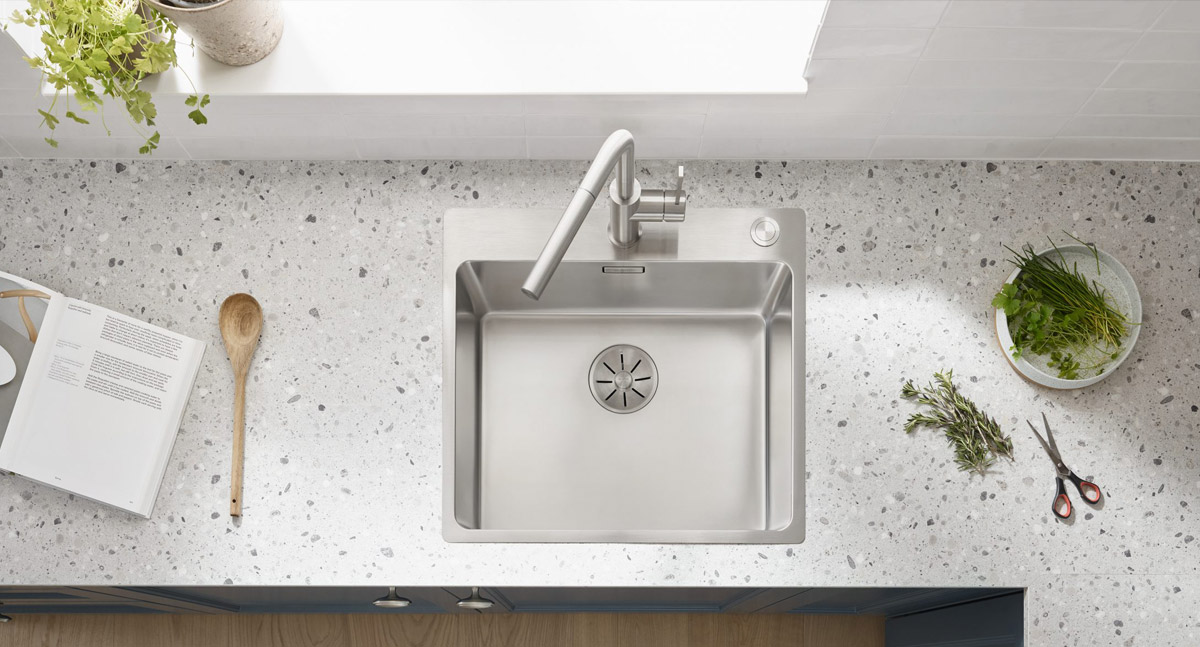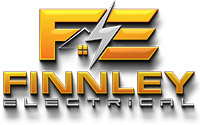Within America, the National Electrical Code (NEC) states every piece of kitchen counter 12 inches or wider must have an outlet over it. There must be at least one outlet every 4 feet. Within Australia, the Australian Standards (AS/NZS 3000:2007) state that if you have a water container in your kitchen, such as a sink or basin, with a capacity that exceeds 45 litres, the kitchen outlet must be 1.0m above and 0.5 metres from any given side of the sink. If the water container holds less than 45 litres, the kitchen outlet can be 0.4m above and 0.15m from the edges.
Outlets play an indispensable role in modern households, especially in active spaces like kitchens. Read on to learn more about careful considerations when designing the placement of your outlets.
Understanding the National Electrical Code (NEC) and ICC A117.1
The NEC mandates that every piece of countertop 12 inches or wider must feature an outlet above it, with an additional outlet every four feet. The ICC A117.1 supplements these requirements by necessitating a clear floor space of 30 inches by 48 inches in front of the counter to ensure individuals using wheelchairs can reach the outlets.
Understanding AS/NZS 3000:2007 for Kitchen Outlets
The positioning of electrical outlets in areas such as kitchens that contain sinks or other fixed water containers follows specific rules and it’s important to understand them all to ensure you are installing electrical powerpoints safely. These rules primarily depend on the water capacity of the sinks or basins.
Sinks, basins, or other water containers that can hold less than 45 litres follow a set of guidelines, which differ slightly from those meant for containers capable of holding more than 45 litres.
Two crucial zones are outlined for such fixed water containers located outside bathrooms:
Zone 0: This is the area within the sink or basin. No installations are permitted in this area.
Zone 2: The specifics of this zone depend on whether the water container holds more or less than 45 litres. No installations are permitted within this zone.
For water containers with a capacity of less than 45 litres, Zone 2 extends 0.4 metres above the top of the container and 0.15 metres away from the edges of the container.
In contrast, for containers with a capacity of more than 45 litres, Zone 2 is 1.0 metre above the container’s top and 0.5 metres away from any side of the container.
There are also important considerations for gas stove electrical outlet placement which we encourage you to be familiar with.
Three Key Considerations: Placement, Reach Depth, and Height of Obstructions
Clear Floor Space and Placement
Clear floor space placement can be complex. It must allow room for appliances like the refrigerator, oven, and range which generally protrude farther than the countertop. When the countertop on either side of these appliances is less than 48 inches, it becomes challenging to position the clear floor space immediately adjacent to the cabinets.
Reach Depth for Outlets
The standard 1.5-inch lip of the countertop provides a 25.5-inch depth of reach. However, the ICC A117.1 Section 308.3.2 limits obstructions to a maximum depth of 24 inches. While some advocate for surface mounting outlets forward to address depth, this approach doesn’t rectify the issue of reach height.
Height of Obstructions for Outlets
In fully accessible kitchens, the work surface and sink must not exceed a height of 34 inches. This ensures outlets above these spaces will be within reach. The entire kitchen counter doesn’t have to maintain this height, but if outlets are placed on the back wall over the cabinets, the obstructed reach necessitates a maximum counter height of 34 inches.
Exceptions and Alternatives for Better Design Practices
Not all kitchen setups will follow the traditional model, and the ICC recognizes this. There are exceptions for a second outlet in a stretch of countertop (ICC A117.1 Exception 2 of Sections 1002.9, 1003.9, and 1004.9), dedicated outlets (Exception 1 of the same sections), and switches and electrical outlets over cabinets at the standard 36-inch height with a 25.5-inch depth countertop in Type B units (ICC A117.1 1004.9, Exception 10).
Tackling Placement Challenges
The average kitchen cabinet stands at a height of 36 inches and extends 24 inches deep, with a 1.5-inch lip overhang for the countertop. Standard ranges and refrigerators tend to extend farther than the counter. This makes it challenging to allocate clear floor space immediately adjacent and parallel to the cabinet faces when there is less than a 48-inch stretch of countertop on either side of these appliances.
One might consider using a countertop cooktop and wall oven to maintain the depth at 24 inches. However, these appliances typically cost more than a standard range. For the refrigerator, a recess could be constructed. Yet, this solution also presents its own set of problems: higher construction costs, possible loss of functionality on the opposite side of the wall, and the need for the refrigerator doors to extend past the counter edge to swing open or require a wider space for door swing.
Finding Practical Solutions
There are a few strategies to address these complexities. For instance, outlets could be mounted on the front or sides of cabinets. Pop-up outlets are also an option. However, one must remember that cords hanging over the edge of the counter can be a safety hazard.
Counters don’t necessarily need to be 36 inches high throughout. Having different heights for various work areas, especially if the area is a wheelchair-accessible space, could be beneficial.
Within America, the key is to find solutions that respect both NEC and ICC guidelines while also addressing the practical needs of all residents. The best design practice is to ensure the outlet location is useful and reachable for every individual, regardless of their mobility status.
Within Australia, we recommend you contact Finnley Electrical who can help you design a perfect solution that complies with AS/NZS 3000:2007.


